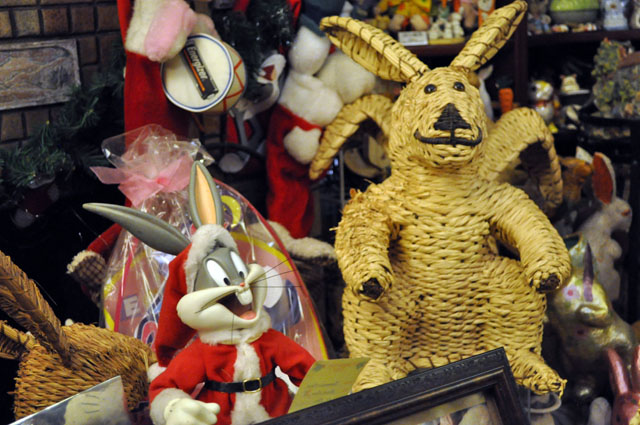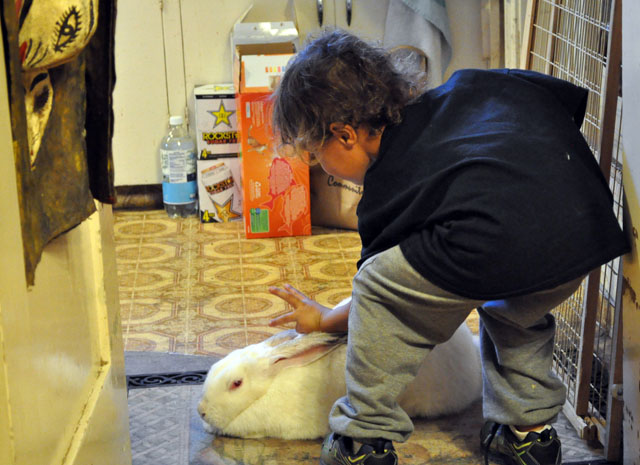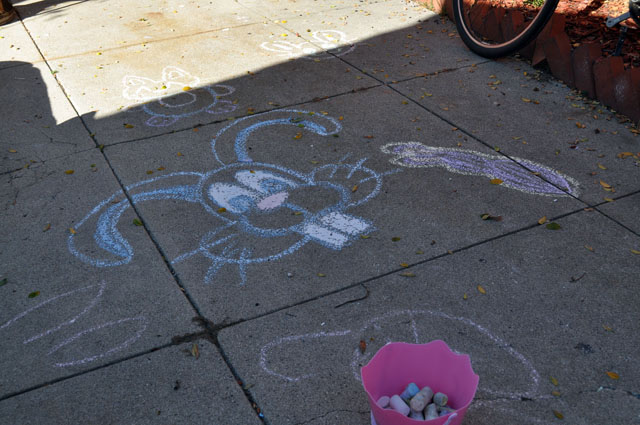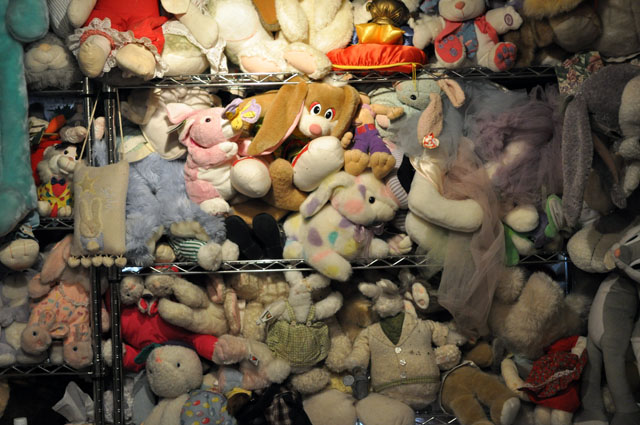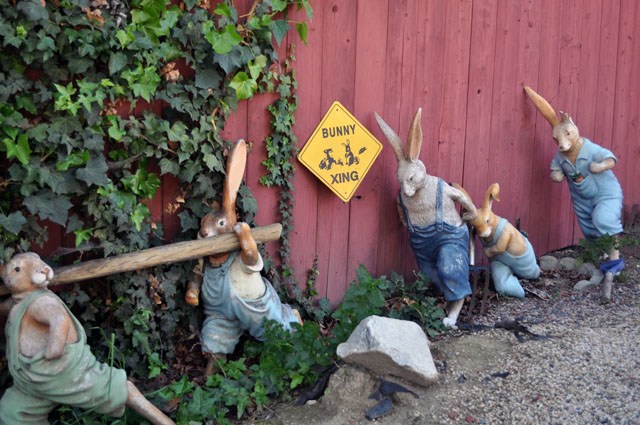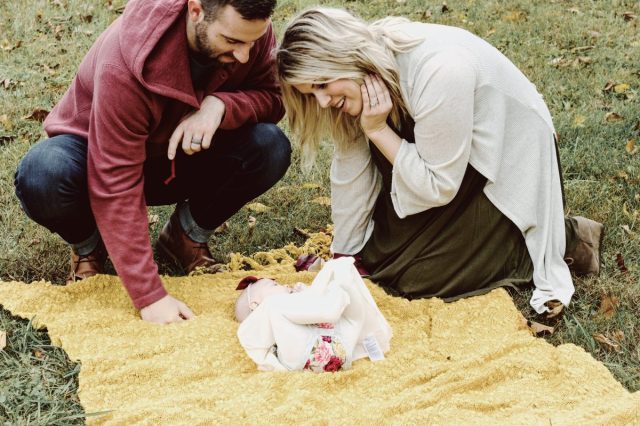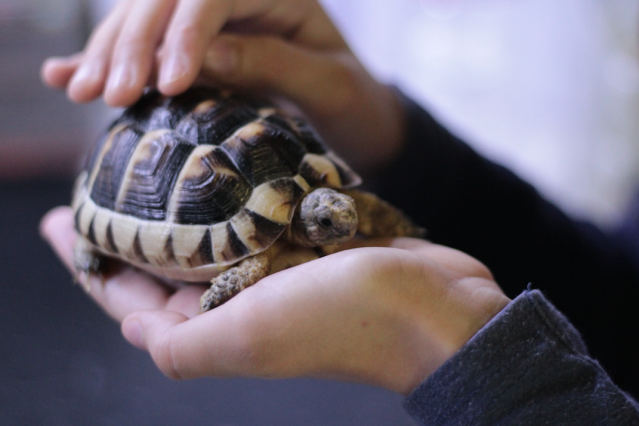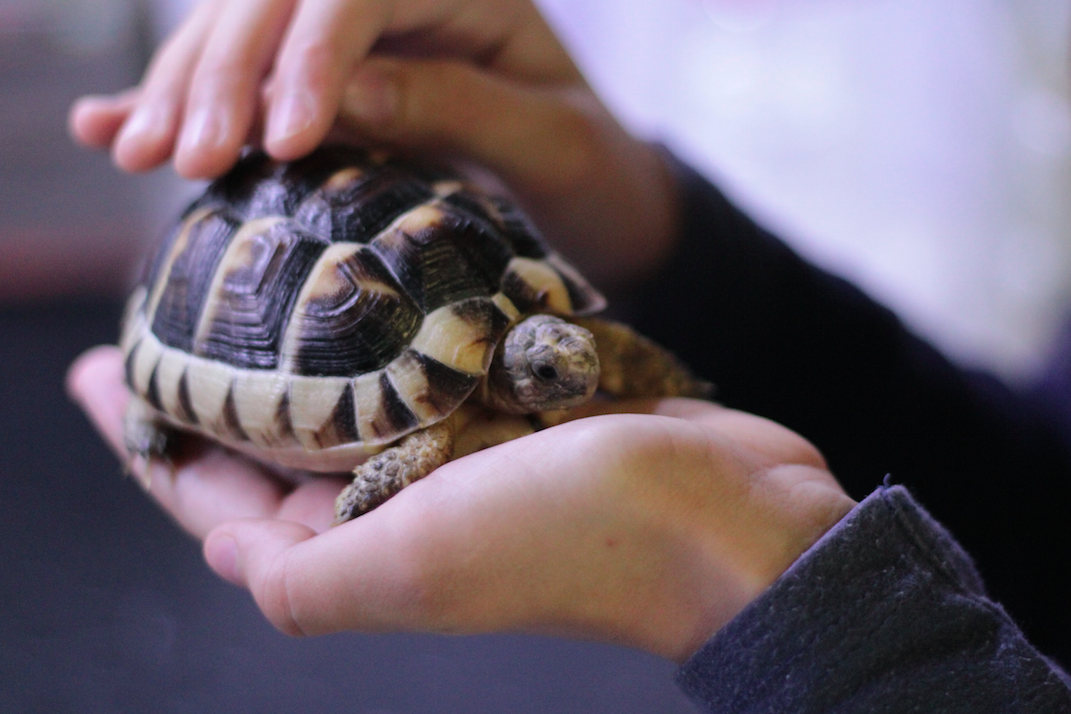Every night, when I put my two younger children to bed, my oldest and I dig in to some series. We pick a show or a book we will both like and we read or watch something together for a little while. It helps us connect. We’ve watched fantasy series, read Roald Dahl books, played cards and worked on puzzles and homework projects.
But usually, by the end of the day I’m so tired that TV seems like the easiest and least stressful way for us to just sit down and BE together. We grab a blanket and cuddle up and after (or for him, during) we talk about messages we saw. Things that people said and did that were “wrong” or “mean” and how people could have been different or better. It’s TV. It’s not anything special. But we turn it into something special for us.
Recently, we started watching Netflix’s Tidying Up with Marie Kondo together and it’s been so much more than a shared television show that we both happen to enjoy. It’s given us a way to connect beyond our nightly “dates” before bedtime, but throughout the day as well. My son was instantly in love with this show because organization is his “thing.” After the first night (and first episode), he woke up the next morning excited to come home from school and DO LAUNDRY!
If the idea of kids doing mundane chores around the house isn’t enough for you, it gets better.
We’ve now finished the series and every day since my son comes home from school and pulls out something new of his to purge. He shares with me stories about why certain items of clothing, books or toys he finds remind him of a memory from a family trip, a day with me or an experience he had. We’ve been able to reminisce and strike up conversations that I wouldn’t have even thought to start all because we are pulling all of the crap out of our closets and folding it into tiny squares. He tells my why things he keeps spark joy and why the things he choosing to get rid of were so good to him, but he’s moved on.
He found a picture that reminded him of a special day and he told me the entire story of every event in this one day that he remembered. It was an average ordinary day for me, but for him—it was memorable and special. It made me think of all of the times I felt as if I should have done more, been better, been more “fun” as a mom. What I see about the events of our day and the way my kids perceive them are light-years different.
I may remember the time they fell off their bike where all I did was slap on a Band Aid, boo-boo kiss it and send them on their way. But they remember it as quite possibly one of the most catastrophic injuries to date. For them, I swooped in and saved the day. They recall me sweeping in with my cape and antiseptics smothering them with love and affection and making sure they were ok. They remember the flavor popsicle they were given after. They remember the type of Band Aid, how the alcohol stung and the smile on my face when I hugged them and told them we were all done and they would be better really soon. I barely remember some of these days at all and if I do it’s a fuzzy, mere memory of some small event that at the time seemed very minor in the grand scheme of things. But for him and this day in particular, it was something so much more. And he remembers all of that.
photo: Matthew Henry via Burst
Between the stories and working together we have strengthened our bond as mom and child. We have a common project to complete, we are a team and for once in our lives we are partners, equals. He has every right to choose his own items and he does so with attention, thought and consideration. I don’t urge or push him to keep or toss anything. It gave him a sense of independence and purpose and me a helper to get through this with my sanity in tact.
It also gave us a chance to talk about how fortunate we are. We have ALL. THIS. STUFF. Much of which we are now purging, which means we are LUCKY. We are so privileged to have been given the opportunity to not need in many ways. We might have our rough times, patches where money is tight and we have to really stick to our budget. We have to forgo on some of the extra things we love like eating out, going to the movies or picking out candy in the checkout line. There are times we feel as if we are struggling to keep it together as a family. And as a single mom that guilt rings true more often than not. But, seeing all of our things has helped us both realize that we could have it much worse off.
We’ve had discussions about donating and what it means to help others. We want to take our things we no longer need and give them to others that might not have the things they need to get through. And maybe, we will be able to put a smile on someone else’s face and give them a memory just as great as our items have brought us one day. We talk about what that means, to give to others, and why helping others is so important. It’s showed me a very generous, gracious and humble side of my son that I had only gotten glimpses of before. He’s so thoughtful and philanthropic for his age and it makes me proud that I raised him to be that way.
Not to mention that living in a house where our things are much more organized and everything “has a home” has creates so much more free time for us to do things we love and less stress looking at all of the clutter and feeling overwhelmed.
I would like to say I recommend this series as a way to “tidy up” and purge your home. But I recommend this series for SO MUCH MORE than that. Even if you don’t watch the show, you can use organizing your home as a way to promote the bond between you and your child. You’d be surprised what going through a cabinet of snacks or a toy box of old things can do for your relationship.
It’s brought us so much closer and with the house just about cleaned out and organized, we have been living in a much less cluttered, emotionally overwhelming state overall. I think the organized house helped boost our moods. But the process of getting it there is really what brought us the most “joy”—and even more so because we did it together.
featured image: Matthew Henry via Burst
RELATED STORIES
Watch This Celeb Mom Try to Marie Kondo Her Junk Drawer
Marie Kondo Totally Changed How I Pack for Family Vacations
Marie Kondo Your Life with These 10 Genius Storage Solutions on Amazon
I'm a single mom of three and realtor living in a suburb of Chicago. In my abundant spare time I like to write about parenting, family, divorce and raising a young transgender child. I'm just trying to raise kids who know how to turn off lights when they leave a room.

